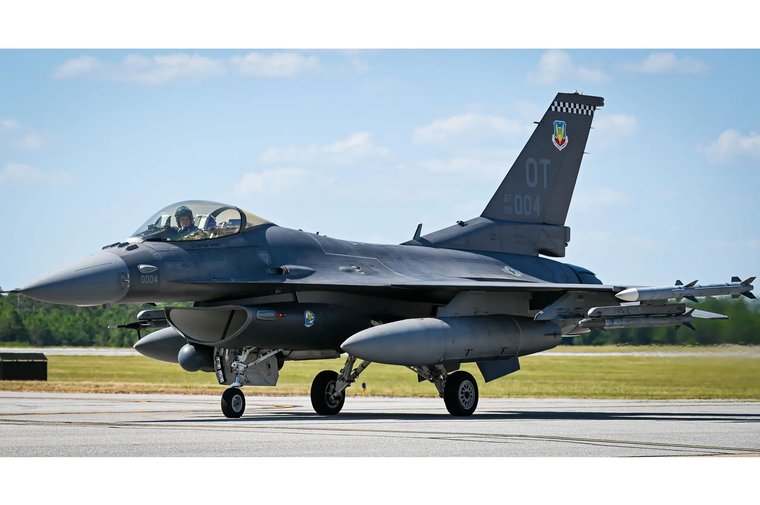Northrop Grummans completes flight tests of new EW system for F-16s
Details
More Products & Services
Products & Services
Defence Insight
Shephard Media
Some of the things people like you use Defence Insight for:
- Total addressable market sizing ($)
- Competitor analysis
- Cost analysis
- Market forecasting
- Growth identification
- Increasing closing ratio
- Increasing closing order value
- Estimating product potential
- Calculating sales forecasting
- Supply and demand analysis
- Total addressable market sizing ($)
- Competitor analysis
- Cost analysis
- Market forecasting
- Growth identification
- Increasing closing ratio
- Increasing closing order value
- Estimating product potential
- Calculating sales forecasting
- Supply and demand analysis
Military Unmanned Systems Handbook
Shephard Media
The Military Unmanned Systems Handbook (Digital Download) is an international guide to the military UV industry and provides detailed information on air, ground and sea (surface & sub-sea) vehicles as well as subsystems. What's included: Unencrypted 390+ page PDF of equipment and supplier information Market summary
Shephard Plus Update
Shephard Media
Shephard Plus is updating in June 2018 with rich new capabilities, and is now one of the most cost-effective and valuable aerospace and defence market intell...
Description
The US Air Force (USAF) has completed its Operational Assessment flight tests of Northrop Grumman's AN/ALQ-257 Integrated Viper Electronic Warfare Suite (IVEWS) on two F-16 Block 50 aircraft.
The IVEWS first started flight tests in 2024, where it was installed on two F-16 Block 50 aircraft. Tests were conducted over a seven-month timeframe at Eglin Air Force Base in Florida and Nellis Air Force Base in Nevada. According to the USAF, the team conducted more than 70 flights and over 100 flying hours in that time.
The sorties covered a range of different environmental conditions and mission scenarios, including
The IVEWS first started flight tests in 2024, where it was installed on two F-16 Block 50 aircraft. Tests were conducted over a seven-month timeframe at Eglin Air Force Base in Florida and Nellis Air Force Base in Nevada. According to the USAF, the team conducted more than 70 flights and over 100 flying hours in that time.
The sorties covered a range of different environmental conditions and mission scenarios, including

Share
Recent Chats
Share via email
Future: handle WhatsApp here
Future: handle LinkedIn here
Future: handle Twitter here
SUBMENU HERE
Share via Chat
Copy Link



